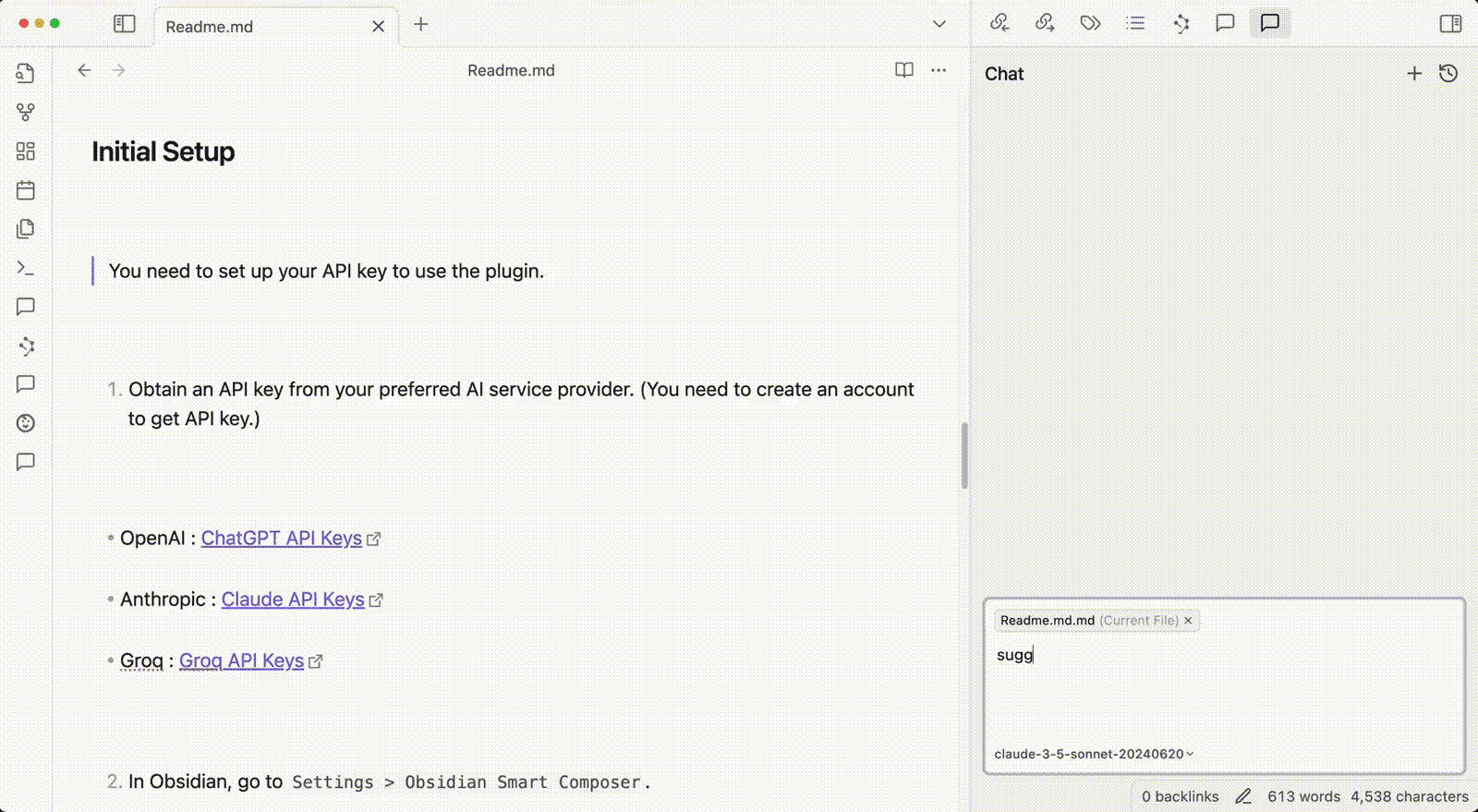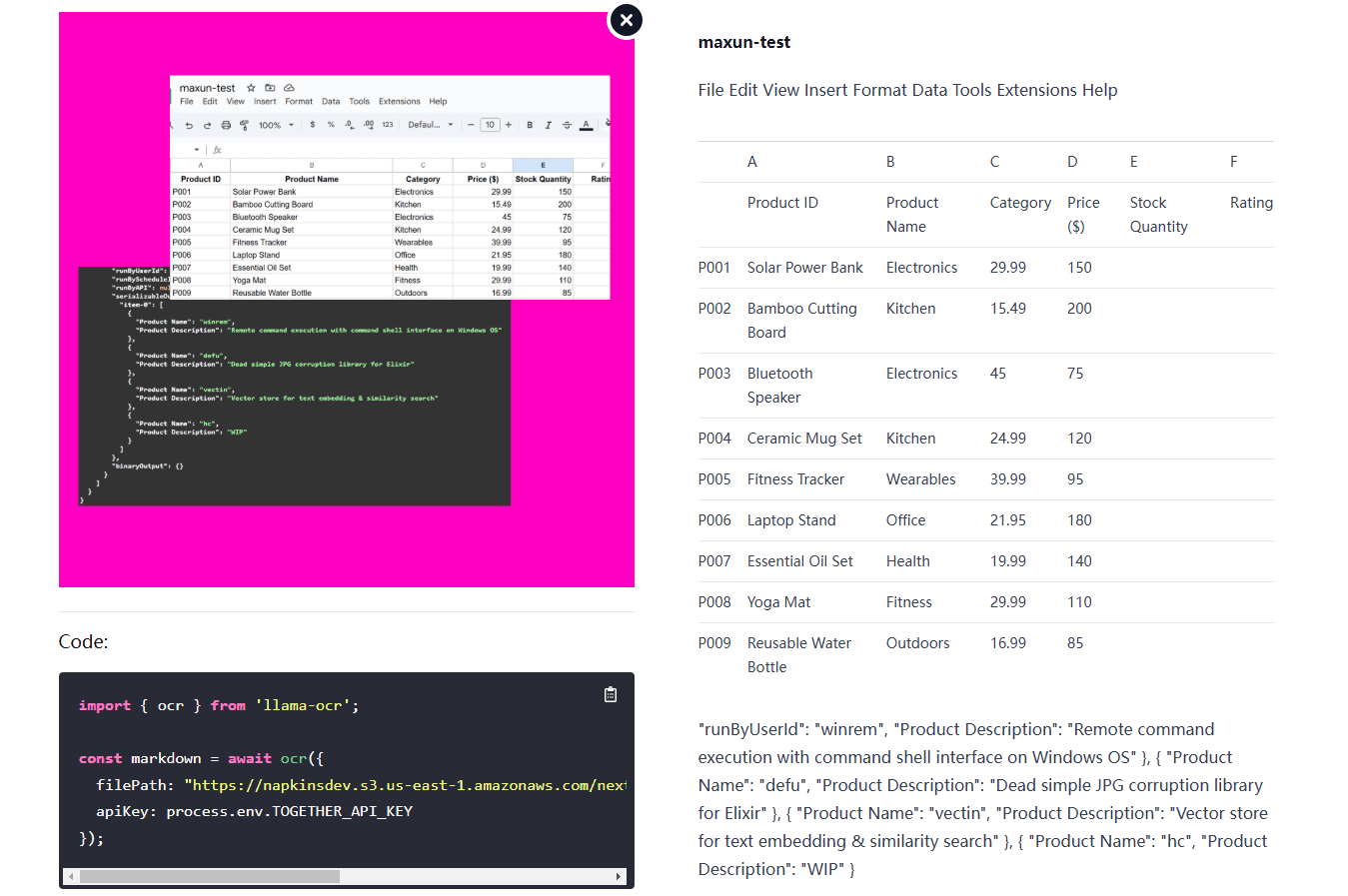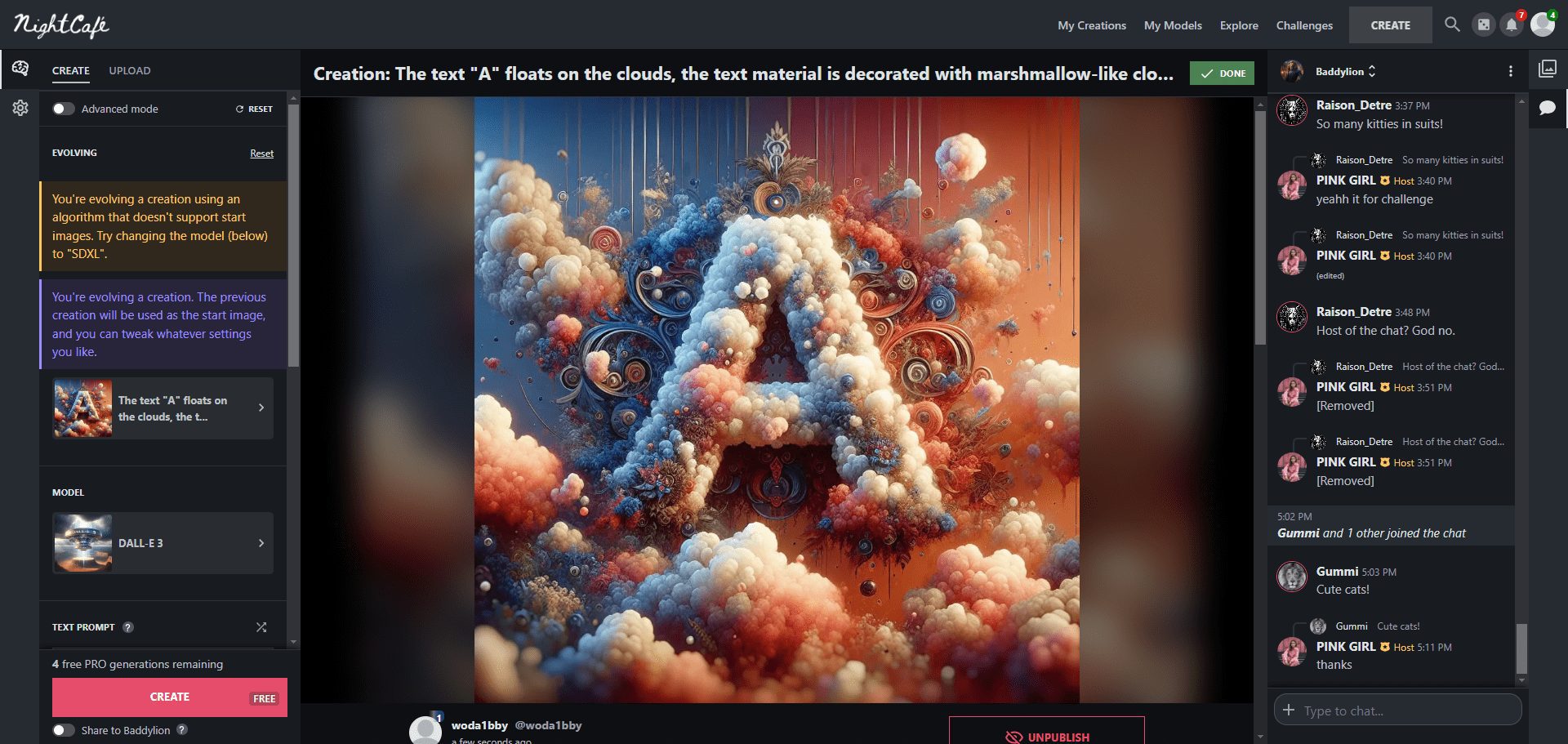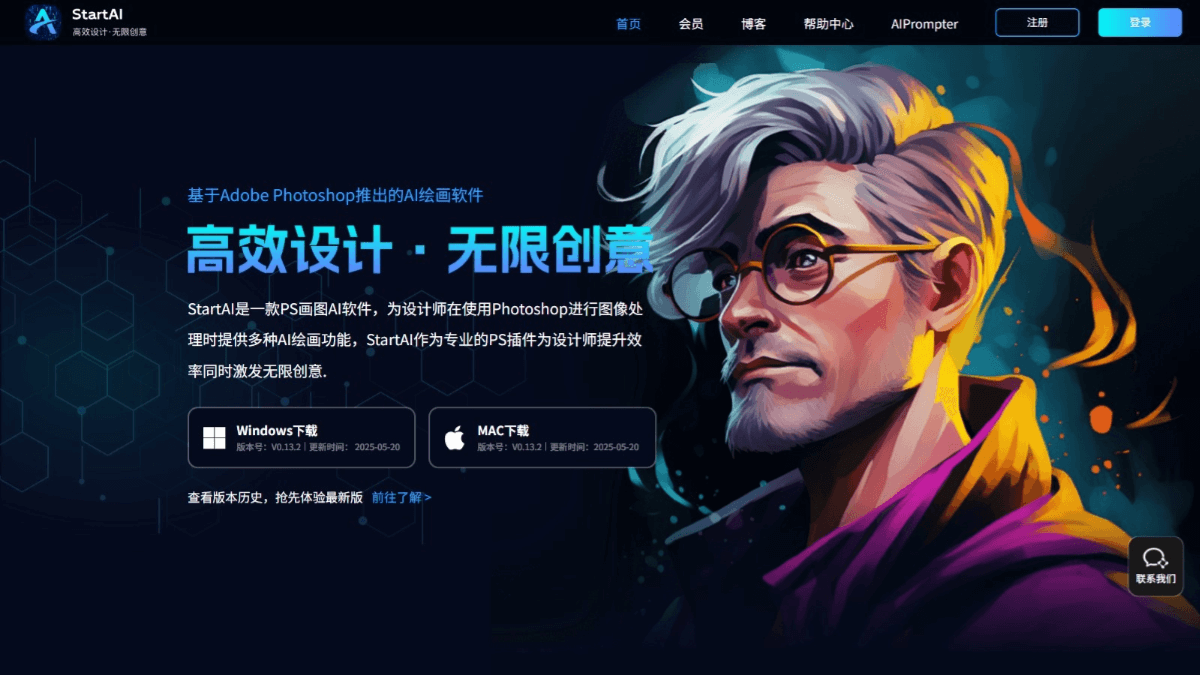StreamingT2V: A Dynamic and Scalable Generation Technique from Text to Long Video
General Introduction
StreamingT2V is a public project developed by the Picsart AI research team focused on generating coherent, dynamic and scalable long videos based on textual descriptions. This technology uses an advanced autoregressive approach that guarantees a temporally consistent video that closely corresponds to the description text and maintains high frame quality images. It is capable of generating videos up to 1200 fps and up to two minutes in length, with the potential to scale to longer periods of time. The effectiveness of the technique is not limited by a specific Text2Video model, i.e., improvements in the model will further enhance the video quality.
StreamingT2V Online Experience
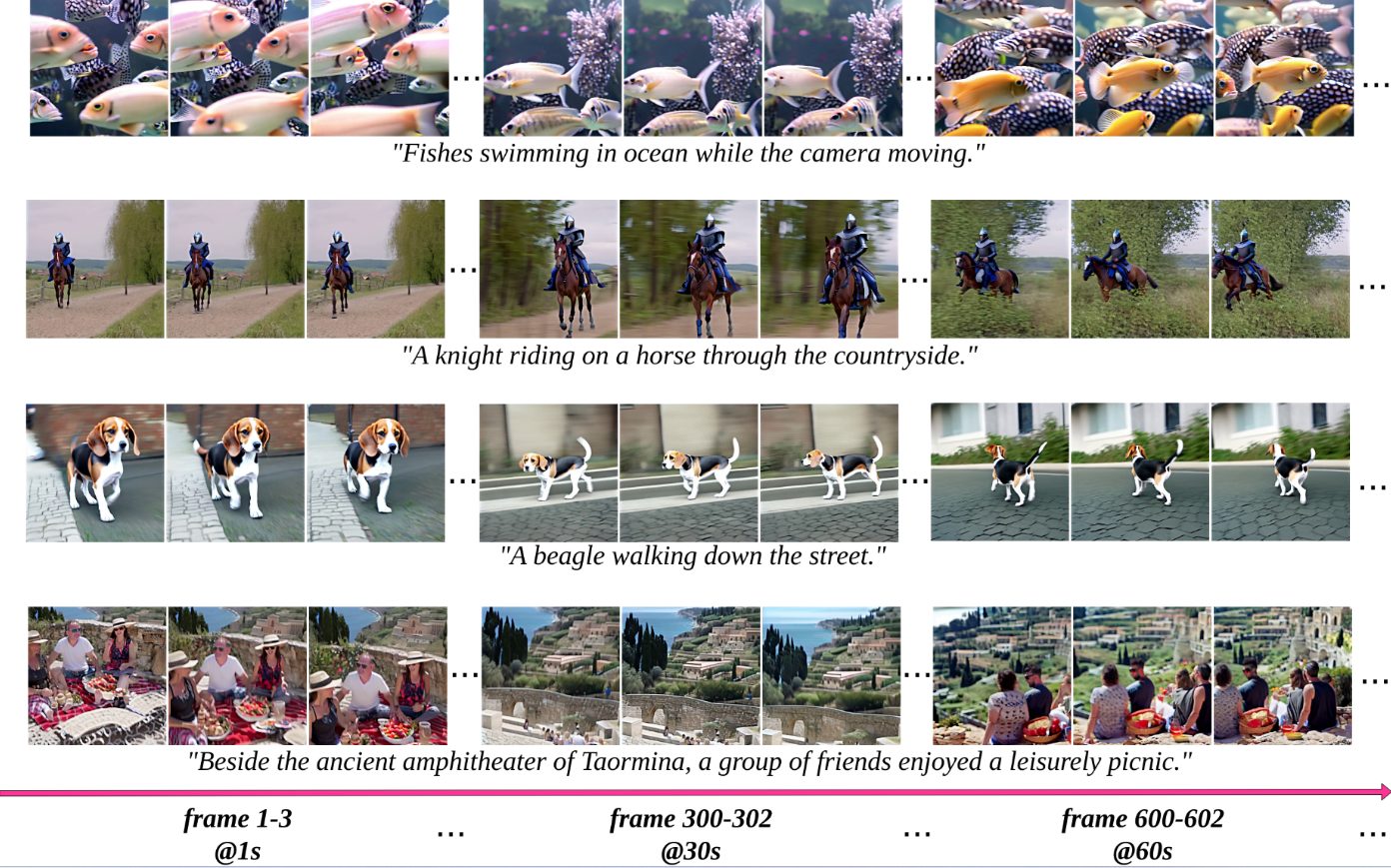
Function List
Supports generation of videos up to 1200 fps and up to two minutes in length.
Maintains temporal consistency of video and high frame quality images
Dynamic video generation that closely corresponds to the text description
Supports multiple Base modeling applications to enhance the quality of generated videos
Support Text-to-Video and Image-to-Video conversion
Provide Gradio online demo
Using Help
Clone the project repository and install the required environment
Download weights and place them in the correct directory
Run the sample code for text-to-video or image-to-video conversion
View the project page for detailed results and demos
inference time
ModelscopeT2V as a base model
| frame rate | Faster preview inference time (256×256) | Reasoning time for final result (720×720) |
|---|---|---|
| 24 frames | 40 seconds. | 165 seconds. |
| 56 frames | 75 seconds. | 360 seconds |
| 80 frames | 110 seconds. | 525 seconds. |
| 240 frames | 340 seconds. | 1610 seconds (about 27 minutes) |
| 600 frames | 860 seconds. | 5128 seconds (about 85 minutes) |
| 1200 frames. | 1710 seconds (about 28 minutes) | 10225 seconds (about 170 minutes) |
AnimateDiffas a base model
| frame rate | Faster preview inference time (256×256) | Reasoning time for final result (720×720) |
|---|---|---|
| 24 frames | 50 seconds. | 180 seconds. |
| 56 frames | 85 seconds. | 370 seconds. |
| 80 frames | 120 seconds. | 535 seconds. |
| 240 frames | 350 seconds. | 1620 seconds (about 27 minutes) |
| 600 frames | 870 seconds. | 5138 seconds (~85 minutes) |
| 1200 frames. | 1720 seconds (about 28 minutes) | 10235 seconds (about 170 minutes) |
SVDAs a basic model
| frame rate | Faster preview inference time (256×256) | Reasoning time for final result (720×720) |
|---|---|---|
| 24 frames | 80 seconds. | 210 seconds. |
| 56 frames | 115 seconds. | 400 seconds. |
| 80 frames | 150 seconds. | 565 seconds. |
| 240 frames | 380 seconds. | 1650 seconds (about 27 minutes) |
| 600 frames | 900 seconds. | 5168 seconds (~86 minutes) |
| 1200 frames. | 1750 seconds (approx. 29 minutes) | 10265 seconds (~171 minutes) |
All measurements were taken using the NVIDIA A100 (80 GB) GPU. When the number of frames exceeded 80, random blending was used. For random mixing, thechunk_sizeand the value ofoverlap_sizeare set to 112 and 32, respectively.
© Copyright notes
Article copyright AI Sharing Circle All, please do not reproduce without permission.
Related articles

No comments...

